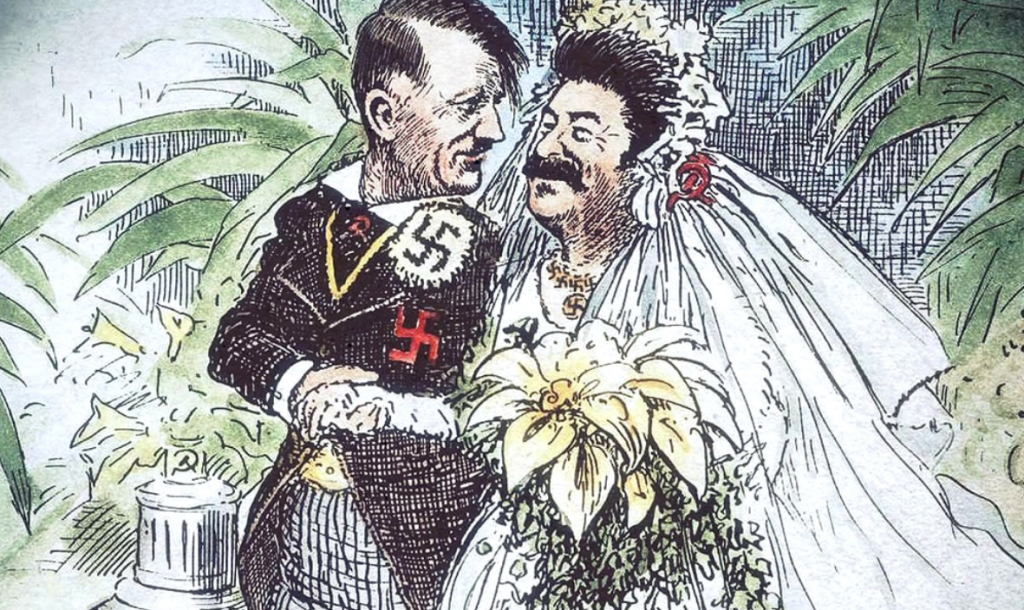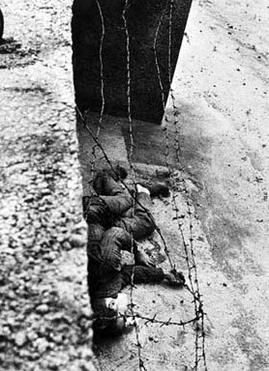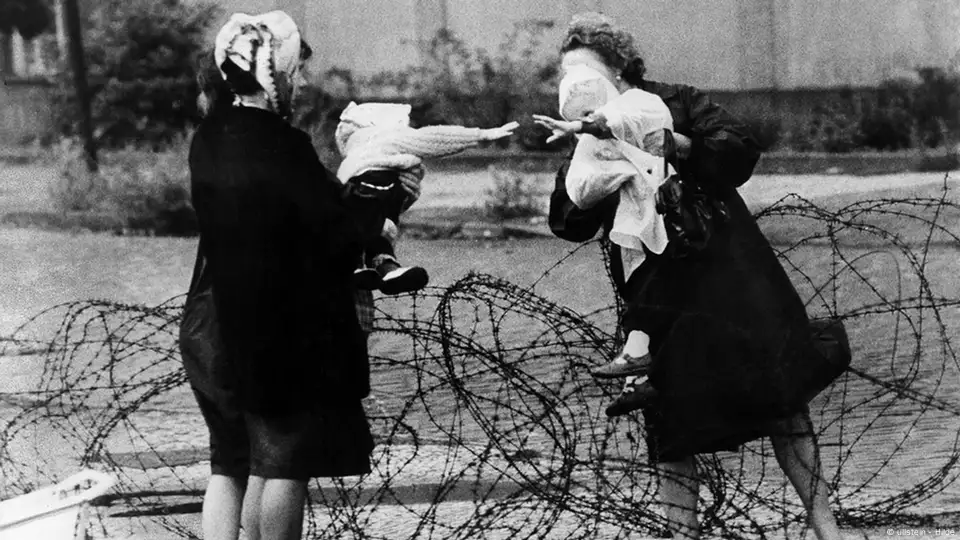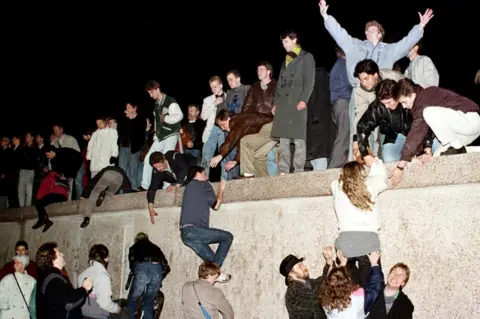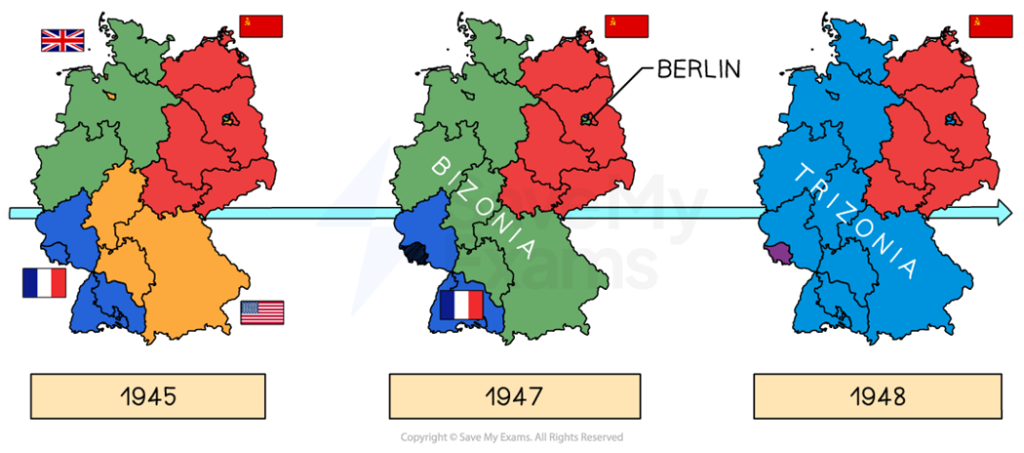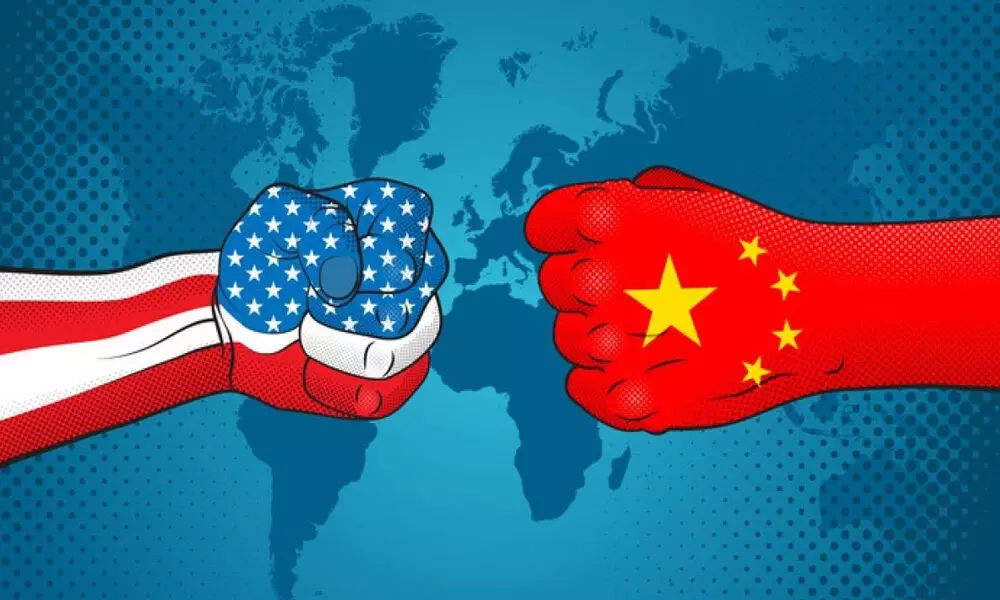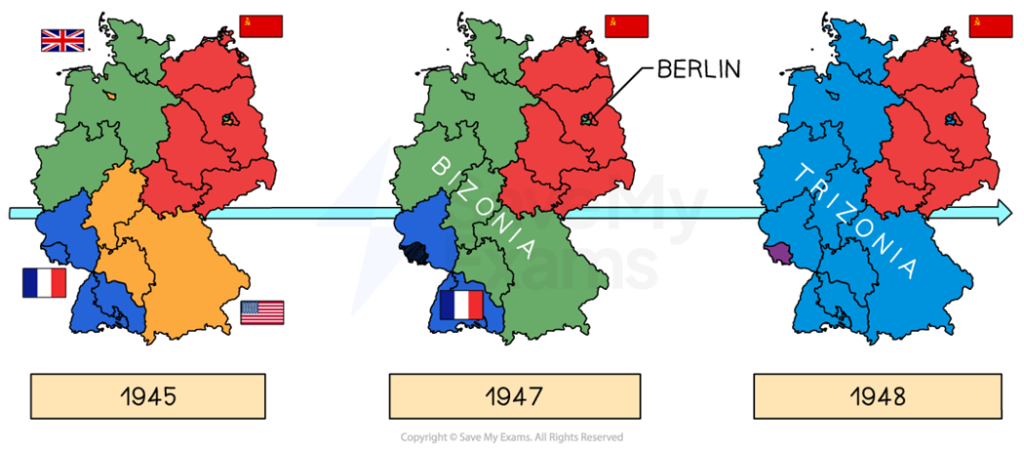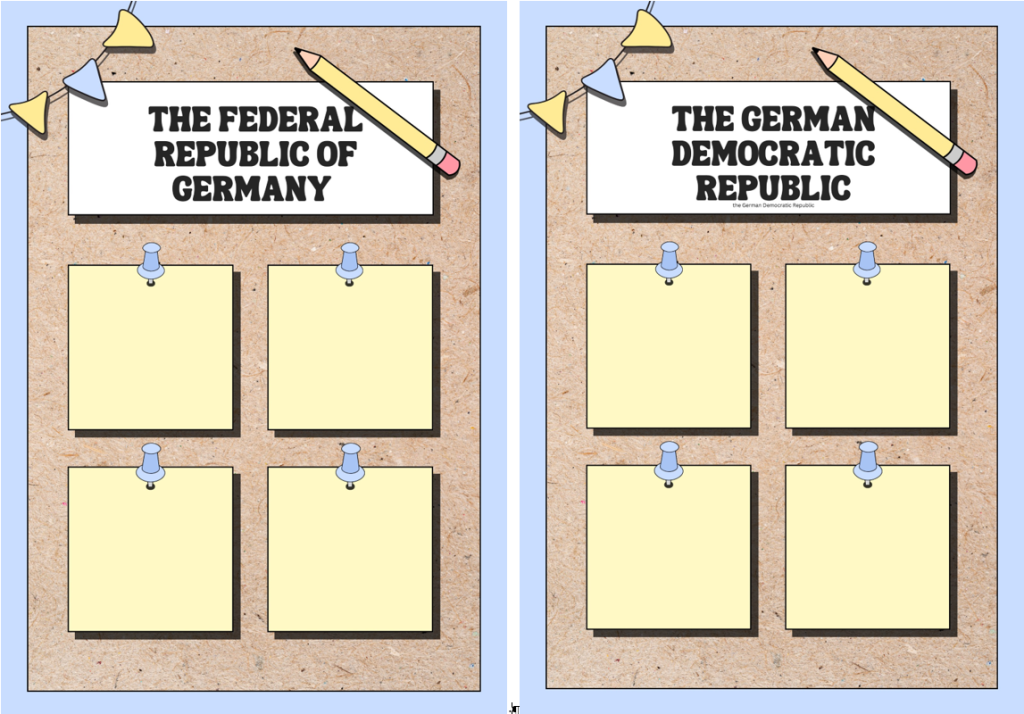Przypomnij sobie…
• wynalazki techniczne drugiej połowy XVIII w.;
• XVIII-wieczne zastosowania maszyny parowej;
• uwarunkowania rewolucji przemysłowej w Anglii.
Proces industrializacji oraz przemiany społeczne i kulturowe w Europie pierwszej połowy XIX w. :
a) Jakie były warunki konieczne do zaistnienia procesu rewolucji przemysłowej?
b) Jakie były skutki rewolucji przemysłowej?
c) Czy wszystkie grupy społeczne odnosiły korzyści z przemian związanych z rewolucją przemysłową?
d) Czy cywilizacja europejska więcej zyskała dzięki rewolucji przemysłowej, czy straciła?
GRUPA 1. Wynalazki techniczne i ich zastosowanie
GRUPA 2. Lokalizacja i wskaźniki produkcji przemysłowej w Europie
GRUPA 3. Nowe grupy społeczne i ich rola w społeczeństwach europejskich
a). Warunki konieczne do zaistnienia procesu rewolucji przemysłowej:
-rozwój wolnego rynku;
-zniesienie poddaństwa – wolność osobista chłopów i prawo własności uprawianych gruntów;
-zniesienie przywilejów cechowych – wolność produkcji;
-zniesienie ceł wewnętrznych; nagromadzenie kapitałów inwestycyjnych;
-mechanizacja produkcji.
Inne istotne uwarunkowania: dostęp do surowców; rozwój środków komunikacji; popyt.
b) Skutki rewolucji przemysłowej:
-zmiany gospodarcze (powstanie nowych centrów produkcji i kształtowanie się nowych dziedzin produkcji,
-wzrost produkcji i konsumpcji);
-zmiany społeczne (deklasacja części rzemieślników, powstanie proletariatu przemysłowego, wzrost znaczenia burżuazji, wyodrębnienie się inteligencji);
-zmiany kulturowe (burżuazja głównym mecenasem kultury, nowe
środki przekazu, zintensyfikowanie przepływu idei itp.).
c) Beneficjenci rewolucji przemysłowej:
-burżuazja; część ziemian i chłopów, którzy potrafili dostosować się do nowych warunków gospodarowania (nauczyciel powinien zwrócić uwagę, że na określenie posiadaczy ziemskich z XIX w. nie używamy terminu szlachta,
lecz ziemiaństwo);
-część inteligencji, która umiała znaleźć się w nowych warunkach życia społecznego i gospodarczego (wykorzystać rozwój telegrafu, poczty, prasy, kolei, znaleźć zatrudnienie w rozrastającym się aparacie biurokracji, administracji, zarządzie fabryk itp.).
-„Ofiary” rewolucji przemysłowej: rzemieślnicy; robotnicy manufaktur; chłopi i ziemianie, którzy po uwłaszczeniu nie potrafili przystosować się do nowej sytuacji gospodarczej; proletariat przemysłowy (ze względu na trudne warunki bytowe).
d) Rewolucja przemysłowa przeobrażała wiejski krajobraz nowożytnej Europy. *Zaczął kształtować się krajobraz przemysłowy – pojawiły się linie kolejowe, dworce i stacje, fabryki, osiedla proletariackie skupione wokół centrów przemysłowych.
*Zaszły głębokie zmiany kulturowe – pojawiły się nowe style artystyczne (biedermeier, historyzm w architekturze itp.).
*Rozerwaniu uległy więzi społeczne kluczowe dla społeczeństw poprzedniej epoki, a nowe dopiero zaczynały się kształtować (chłopi, proletariat, ziemiaństwo zaczną się organizować w nowoczesne partie polityczne czy związki zawodowe dopiero w drugiej połowie XIX w.).
*Okres pierwszego etapu rewolucji przemysłowej w Europie musiał być negatywnie oceniany przez tzw. zwykłych ludzi (zadowoleni byli
jedynie ci, którzy szybko się bogacili). Z perspektywy czasu można więc wskazywać jasne i ciemne strony tego procesu.]
(Źródło: WSIP, SCENARIUSZ LEKCJI 3. HISTORIA zakres rozszerzony, KL. 4)








